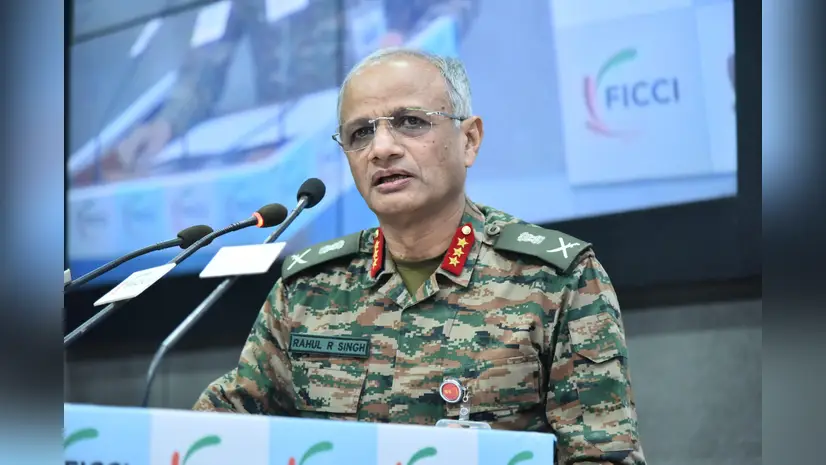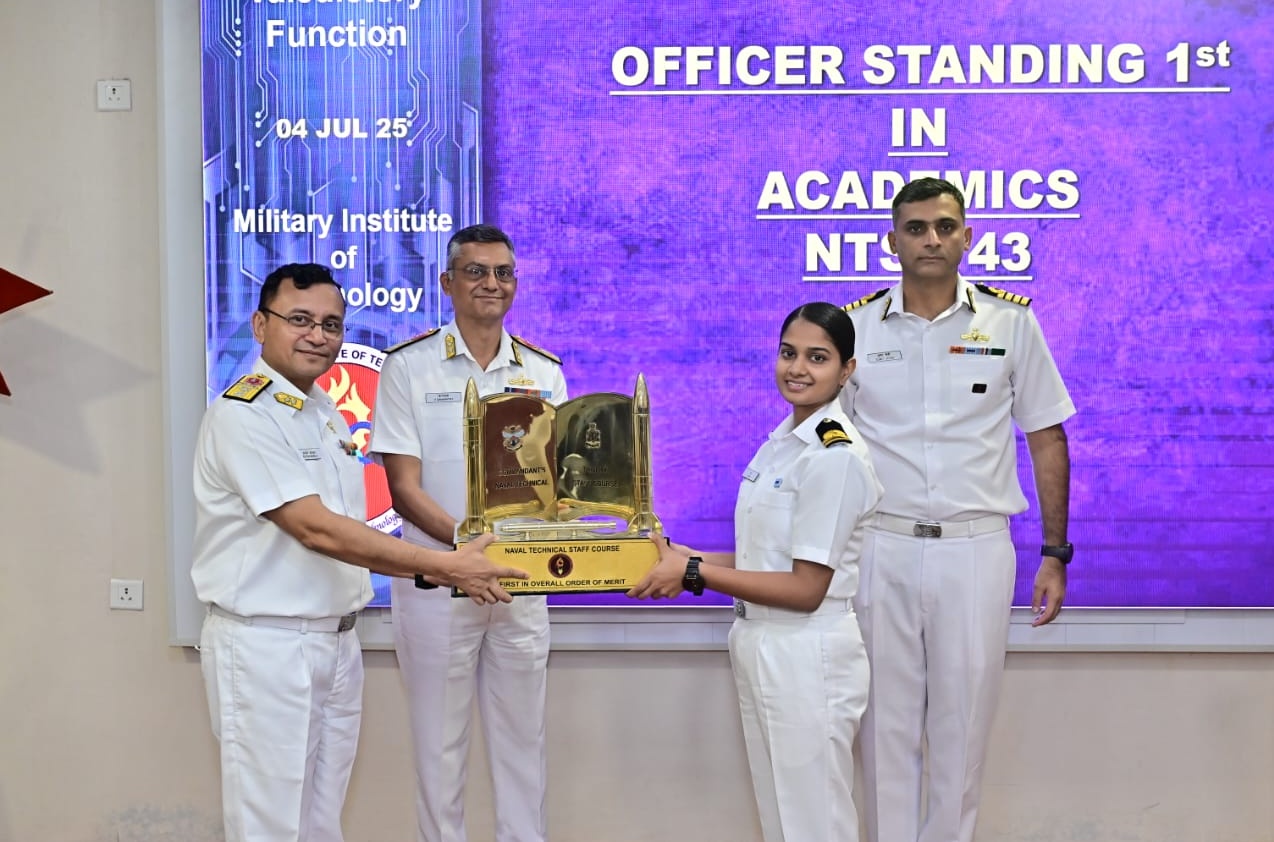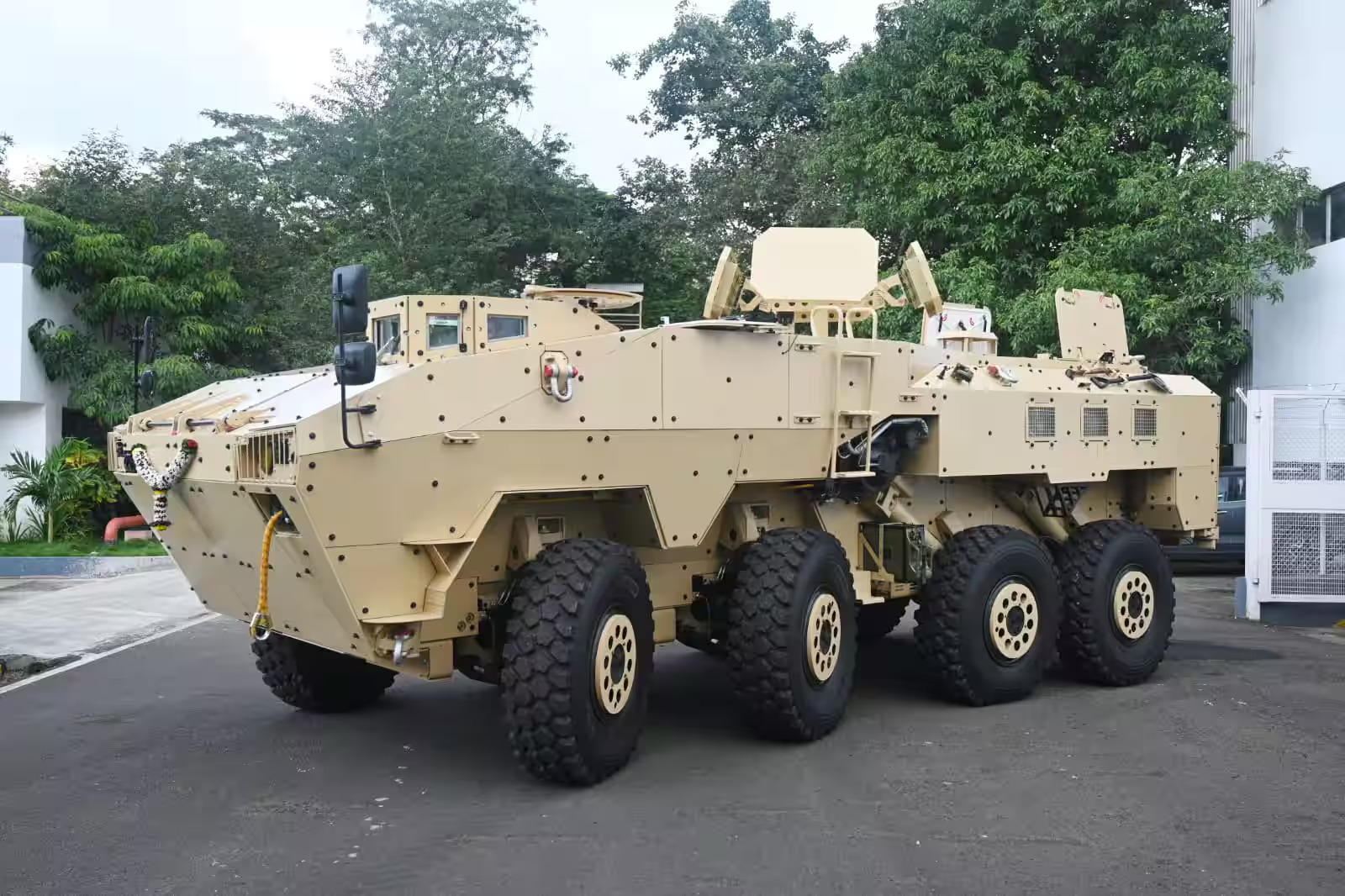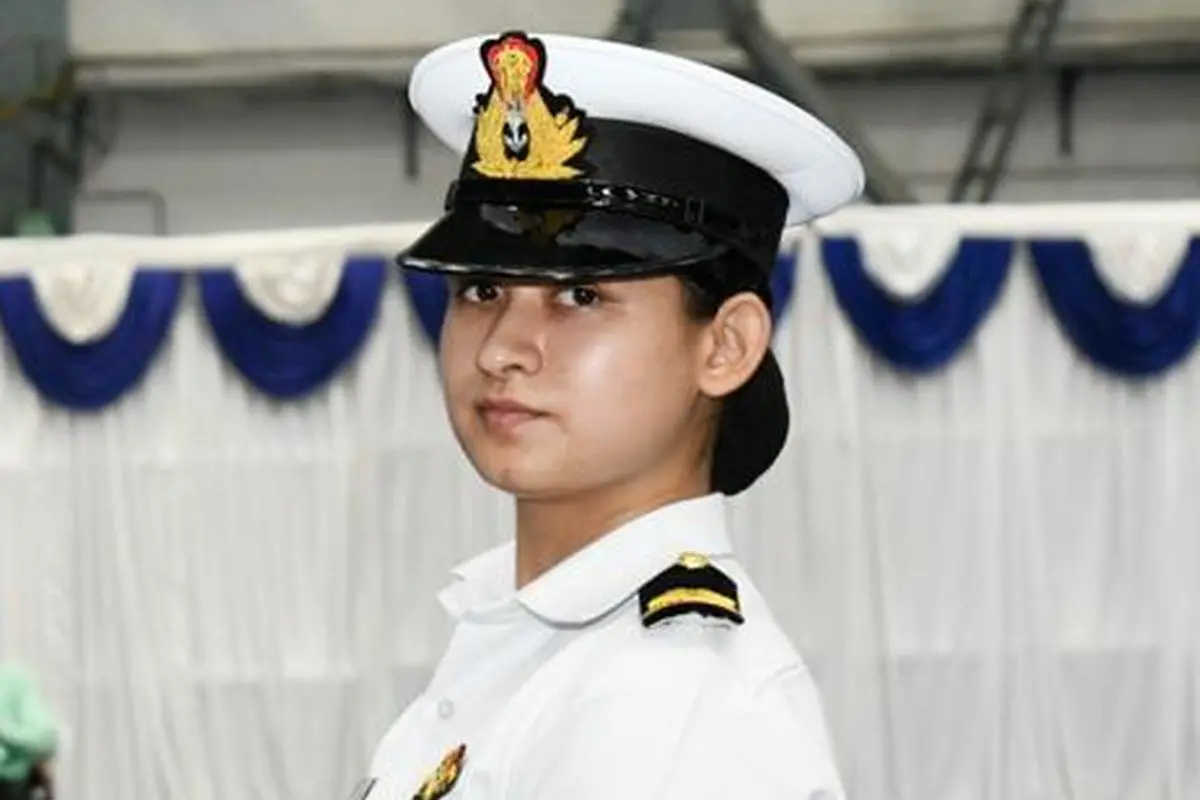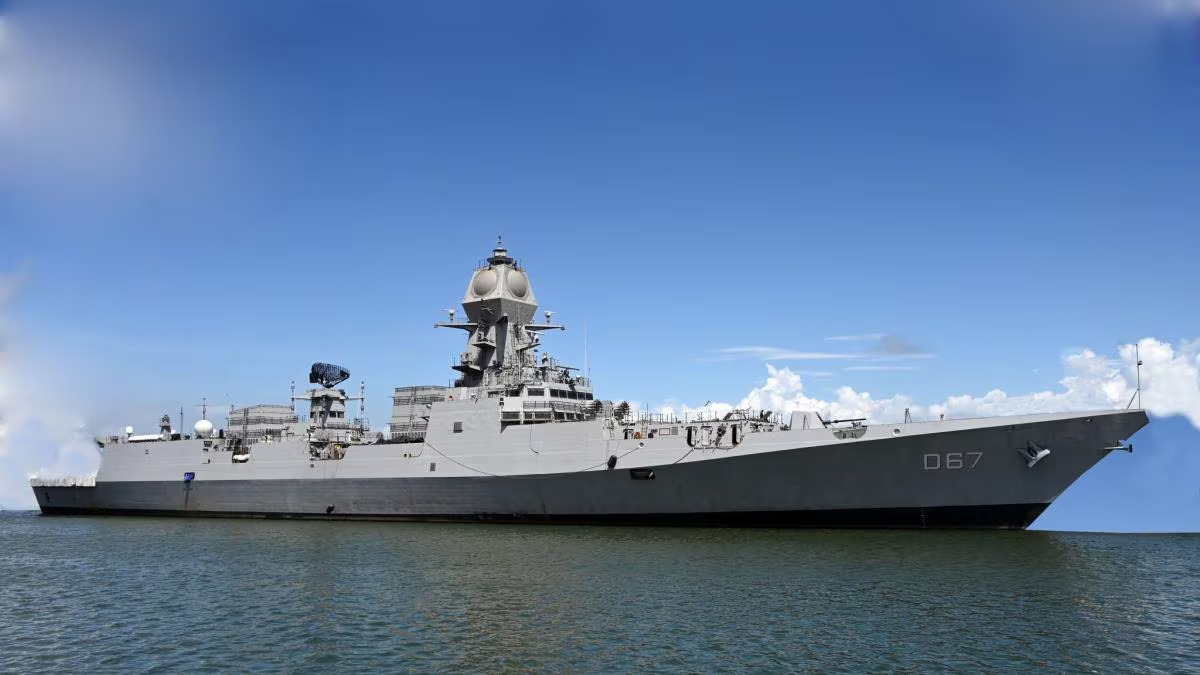Chinese Surveillance Foils India’s Planned BrahMos Strike on Pakistan’s JF-17 Factory
As reported by IDRW, in a revelation that raises serious concerns for India’s national security, Lieutenant General Rahul R Singh,…
Rear Admiral Rupak Barua Leads NTSC-43 Valedictory Ceremony at MILIT, Pune
Rear Admiral Rupak Barua, Director General of Naval Armament Inspection, presided over the valedictory ceremony of the 43rd Naval Technical…
Tata Showcases WhAP 8×8 and ALS Munitions at DEFEA 2025, Attracts Interest from Greece
Tata Advanced Systems Limited (TASL) made a prominent appearance at the DEFEA 2025 defence exhibition in Athens, Greece, drawing attention…
Meet Sub Lt Aastha Poonia: Indian Navy’s First Female Fighter Pilot
Sub Lieutenant Aastha Poonia has etched her name in Indian military history by becoming the first woman to be trained…
Cochin Shipyard Signs Strategic MoU with South Korea’s KSOE for Global Maritime Collaboration
Cochin Shipyard Limited (CSL) has entered into a significant partnership with South Korea’s HD Korea Shipbuilding & Offshore Engineering Co.…
2 Air Force Personnel Drown in Bhimtal Lake as Heavy Rains Lash Uttarakhand
As relentless rains continue to batter Uttarakhand, two Indian Air Force (IAF) personnel tragically drowned in Bhimtal lake, Nainital district,…

